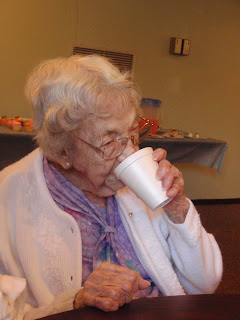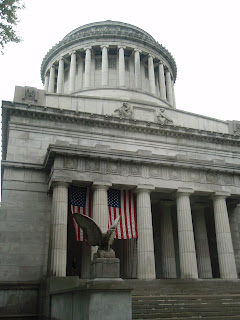Upcoming state budget cuts of 10 percent may push more public institutions of higher education in New York towards privatization. Several state schools across the U.S. have experienced similar budget cuts and chose to no longer receive any state funding, but City University of New York (CUNY) schools are not yet among them.
 |
With enrollment of 12,332 students, Baruch College is one of 23 CUNY schools. |
“It [privatization] would be disastrous,” Dr. Glenn Petersen, chair of the Sociology and Anthropology department at Baruch College said.
Center Director of the Zicklin School of Business at CUNY Baruch College Dr. Terrence F. Martell has joked about privatization, but is largely concerned that Baruch receive a fairer allocation of the CUNY operating budget. Petersen likewise said that Baruch receives a smaller percentage of state funding than other CUNY campuses.
If privatization is not in the cards for Baruch, funds will need to flow from another source. In the past, alumni funding successfully offset the lack of government funding at Baruch, but Petersen said the alumni endowment is prone to rise and fall with the recession.
Raising funds from alumni also requires extensive time and energy and could place restrictions on how Baruch allocates the funding, an issue private institutions frequently deal with.
Raising funds from alumni also requires extensive time and energy and could place restrictions on how Baruch allocates the funding, an issue private institutions frequently deal with.
 |
The NYSUT Union of Professionals posted a letter on their website on March 13, 2011 urging members to reject privatization of CUNY and SUNY. |
Privatization would likely raise Baruch’s tuition, a move Petersen said not match CUNY’s historical mission of seeking to ensure an equal chance for students to earn a degree independent of their family’s financial status.
“[Privatization] would allow us to hold onto the money…but the losses would far surpass the benefits,” Petersen said.
Yet Baruch is already facing larger class sizes. If budget cuts continue, small intensive classes would rise from 30 students to 120 students. NYS Assembly Speaker Sheldon Silver has said that the 10 percent budget cut will not affect the quality of education students are receiving, but Peterson disagrees.
“Without money we can’t hire people to teach…if you make the classes larger so students can get the classes they need, then they aren’t as good and the quality of education declines,” he said.
 |
Ravinder Jaswal is one of many students that chose Baruck for the Zicklin School of Business. Jaswal said he would rather have higher tuition than see cuts in staff and programs. |
CUNY Baruch student Ravinder Jaswal is a student at Zicklin, but said that he also understands the concern that large classroom sizes caused by low tuition rates may be a significant threat to receiving a quality education.
“We pay very little for it [Baruch College] but it still has a good name, that’s very rare in CUNY,” he said.






